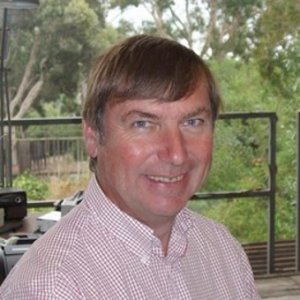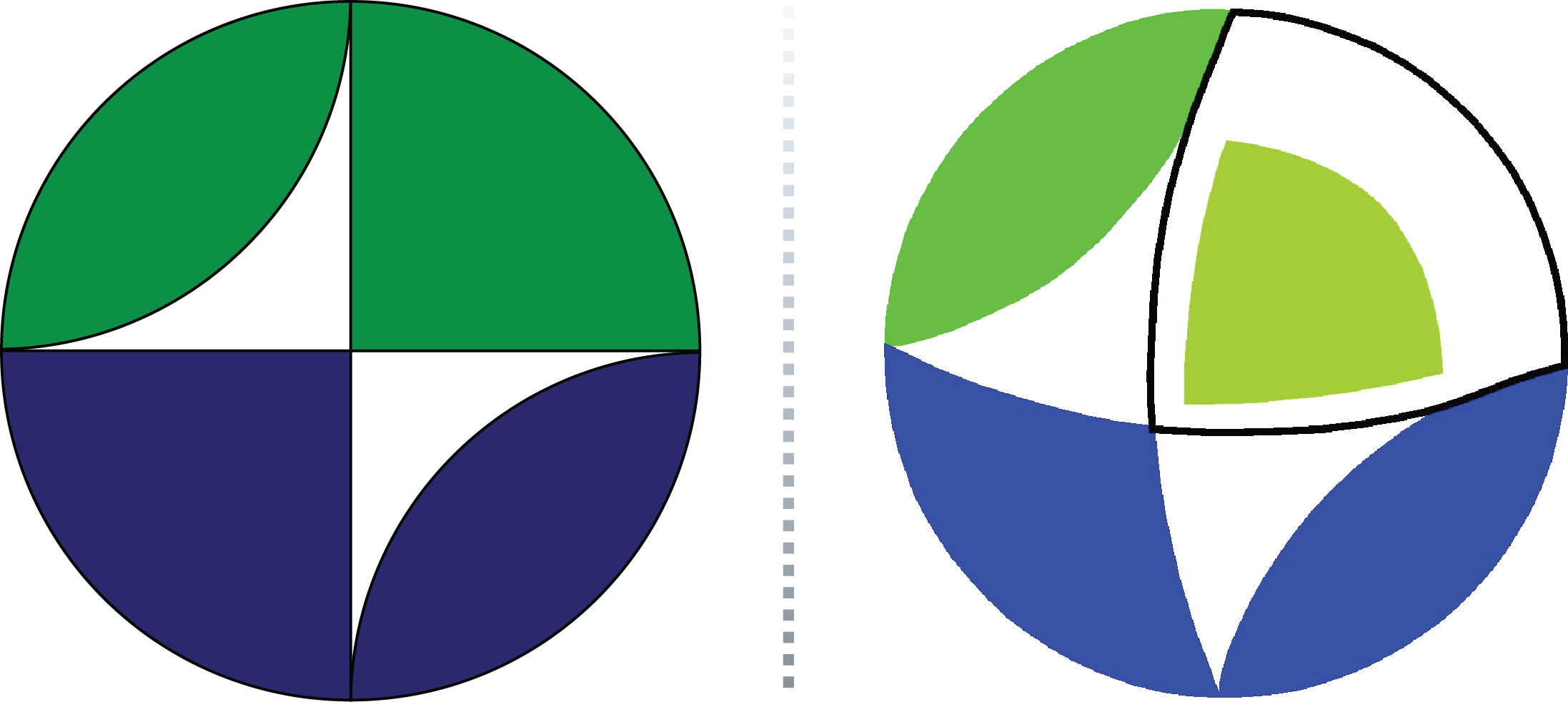IASPEI Medal Winner

IASPEI Medal winner 2021 - Barbara Romanowicz
Laudation
Laudation by Guy Masters :
In 2013, IASPEI began to award a Medal for “sustaining IASPEI goals and activities and for scientific merits in the field of seismology and physics of the Earth's interior”. Barbara Romanowicz is a perfect fit for this medal.
Barbara has made tremendous contributions to the science and practice of seismology. Her more than 250 publications span almost all areas of seismology. She is perhaps best known for her global tomography contributions, which (in part) have resulted in over 20 contributions to high impact journals like Nature and Science.
Barbara likes to point out that her formal training is in ”pure” mathematics so it is not surprising that she has contributed to the theoretical development of seismology starting with the free oscillations of the Earth. Barbara made various contributions to mode coupling in the late 1980s. In the mid-1990s, she developed several global 3D models with a coupling technique that used 2- dimensional body-wave kernels. Later, she developed hybrid free-oscillation/spectral-element codes, and finally, she has developed models using full waveform inversion employing spectral element techniques. The images generated by these techniques have been enormously impactful – including channel flow in the upper mantle, and evidence for interesting structures at the base of the mantle related to surface mantle hot spots.
Part of this work involves the role of seismic anisotropy particularly in the lithosphere, the base of the mantle, and the inner core. Barbara’s research has resulted in anisotropic models of the upper mantle (both radial and azimuthal) and of anisotropic structures in the D” area of the Earth. Much of this work revolves around the central problem of defining the base of the lithosphere and the depth extent of continental roots, which her work shows to be related to changes in anisotropy. Her work on the inner core has spanned most of her career including both the use of free-oscillation splitting and body waves to look at its anisotropy and basic structure. She is also a co- author of a paper detailing the observation of PKJKP (the holy grail of seismology) though such papers will always be controversial!
Another theme of Barbara’s research has been related to attenuation tomography. Barbara, early on, recognized that attenuation in the Earth is extremely important as a distinguisher between chemical and thermal effects and her models have dramatically improved over time from both the theoretical and observational point of view. Recent results have used waveform modeling to address this area. Barbara is clearly a leader in this difficult field.
This brief summary of her research does not begin to cover all that Barbara has worked on. She has published on the Earth’s ”hum”, on ambient noise tomography, on the inversion of receiver functions, on the interpretation of SKS splitting, on the imaging of small scale scatterers in the mantle, on scaling relationships for earthquakes, on the structure of ULVZs, and more! Indeed, it is hard to find a seismological subject that she has not significantly contributed to.
Turning now to other aspects of her career, Barbara has also been central to several very important efforts in graduate education. In particular, she is the ”mother” of the CIDER (Cooperative Institute for Dynamic Earth Research) program which has brought self-selected graduate students and postdocs together to, initially, look at deep Earth issues in a multidisciplinary way (including seismology, mineral physics, geodynamics, geochemistry, etc)., but now has been much broadened. This program has had an incredible impact and has developed a new community of young researchers with truly multi-disciplinary skills.
Barbara also is as interested in the fundamentals of getting good seismic data as she is in learning about high- resolution 3D structure in the mantle. Early in her career, she was the creative force behind GEOSCOPE, the French Global Network of broad band seismic stations. This network established many high-quality stations, most importantly in Africa and the Indian Ocean, so contributing hugely to global coverage. Barbara was very much involved with the foundation and development of the FDSN (Federation of Digital Seismograph Networks) as well as of ORFEUS (Observatories & Research Facilities for European Seismology). Without her work here, it is unlikely that open data sharing and standards between networks would be so common and that we can all share seismic data so easily. Later, when Barbara moved to Berkeley, the BDSN (Berkeley Digital Seismic Network) saw huge improvements in both instrumentation and analysis procedures. A final example of the breadth of Barbara’s interests is the development of ocean bottom observatories. Any global tomographer will tell you about the issues with the distribution of stations, particularly in the ocean-dominated southern hemisphere, and just how important the development of ocean observatories is. This work started in France but has more recently involved collaborations with MBARI (Monterey Bay Aquarium Research Institute), where there has been a deployment of an ocean bottom broad band seismometer for several years. There are several papers on this including correcting for infragravity wave noise using differential pressure sensors which significantly improves the quality of the data. This is clearly an on- going focus of Barbara’s research and demonstrates her life-long commitment to developing new seismic infrastructure for all seismologists.
Given this amazing productivity, it is clear that Barbara has more hours in the day than we mere mortals and in recognition of these important contributions of Barbara Romanowicz to all aspects of seismology: theoretically, observationally, instrumentally, and organizationally, it is with great pleasure that she is awarded the 2021 IASPEI Medal.
(Photo copyright -- Royal Society)
